Integrating UV sterilization into oral-care devices offers powerful antimicrobial action—but without careful design, UV light risks can aggravate dentin exposure risk by weakening enamel and altering surface chemistry. In this blog, we’ll explore the interplay between UV disinfection and tooth integrity, identify root causes, and propose engineering and usage strategies to harness UV benefits safely.
First and foremost, UV light is prized for eliminating pathogens quickly without chemicals. However, excessive exposure—even at low wavelengths—can produce micro-abrasions in enamel’s crystalline structure. Consequently, enamel thinning accelerates, raising dentin exposure risk and patient sensitivity. Therefore, any UV-equipped toothbrush or flosser must balance microbial kill rates with enamel preservation.
Moreover, exposed dentin occurs when enamel is compromised, either mechanically or chemically. Key factors include:
These combined stresses converge to thin enamel, uncovering the sensitive dentin layer beneath.
Furthermore, UV wavelengths (typically 265–285 nm) are chosen for germicidal efficacy. Yet, potential hazards include:
Recognizing these UV light risks is the first step toward engineering safer devices.Company web:https://www.powsmart.com/product/electric-toothbrush/

In-depth studies reveal how UV accelerates enamel fatigue:
Thus, even intermittent UV exposure—if unregulated—can compound daily mechanical wear.
To leverage UV’s sterilizing power without compromising enamel, manufacturers should implement:
By embedding these controls, devices can maintain hygienic performance while preserving tooth integrity.
Finally, combining design with user guidance and R&D will ensure long-term safety:
Continual innovation—supported by data and compliance—will keep UV-equipped oral-care devices both effective and gentle on enamel.
Conclusion
While UV sterilization adds a powerful antimicrobial dimension, unchecked UV light risks can heighten dentin exposure risk by degrading enamel. Through wavelength tuning, exposure controls, protective coatings, and smart monitoring, B2B partners can deliver next-generation oral-care devices that clean deeply, kill germs, and safeguard tooth health. For collaboration on UV-safe designs, please reach out to our engineering team!
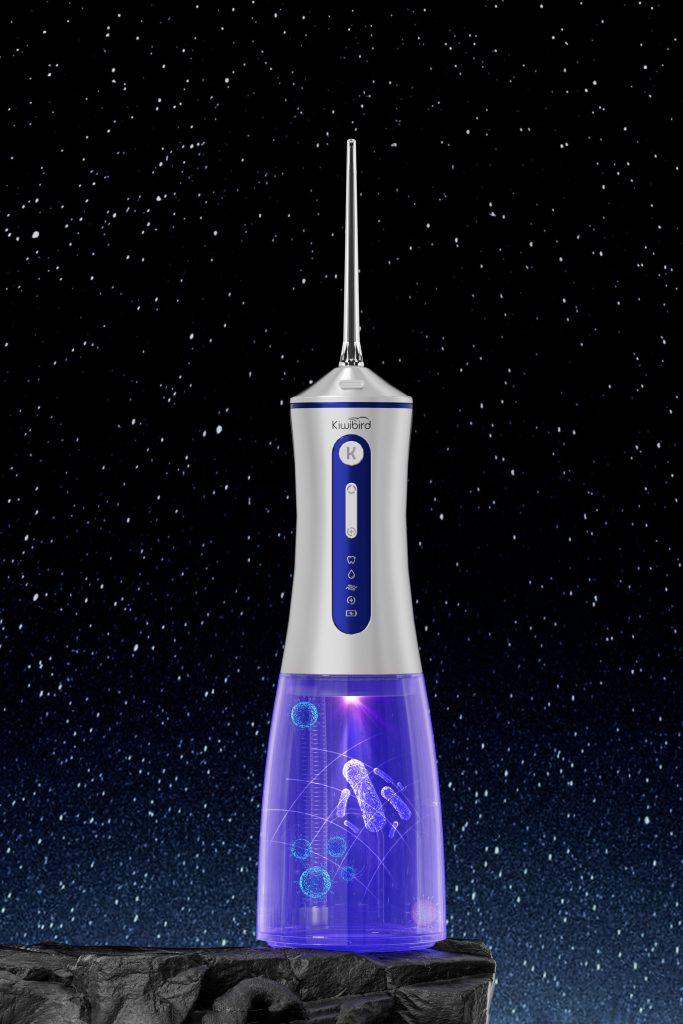
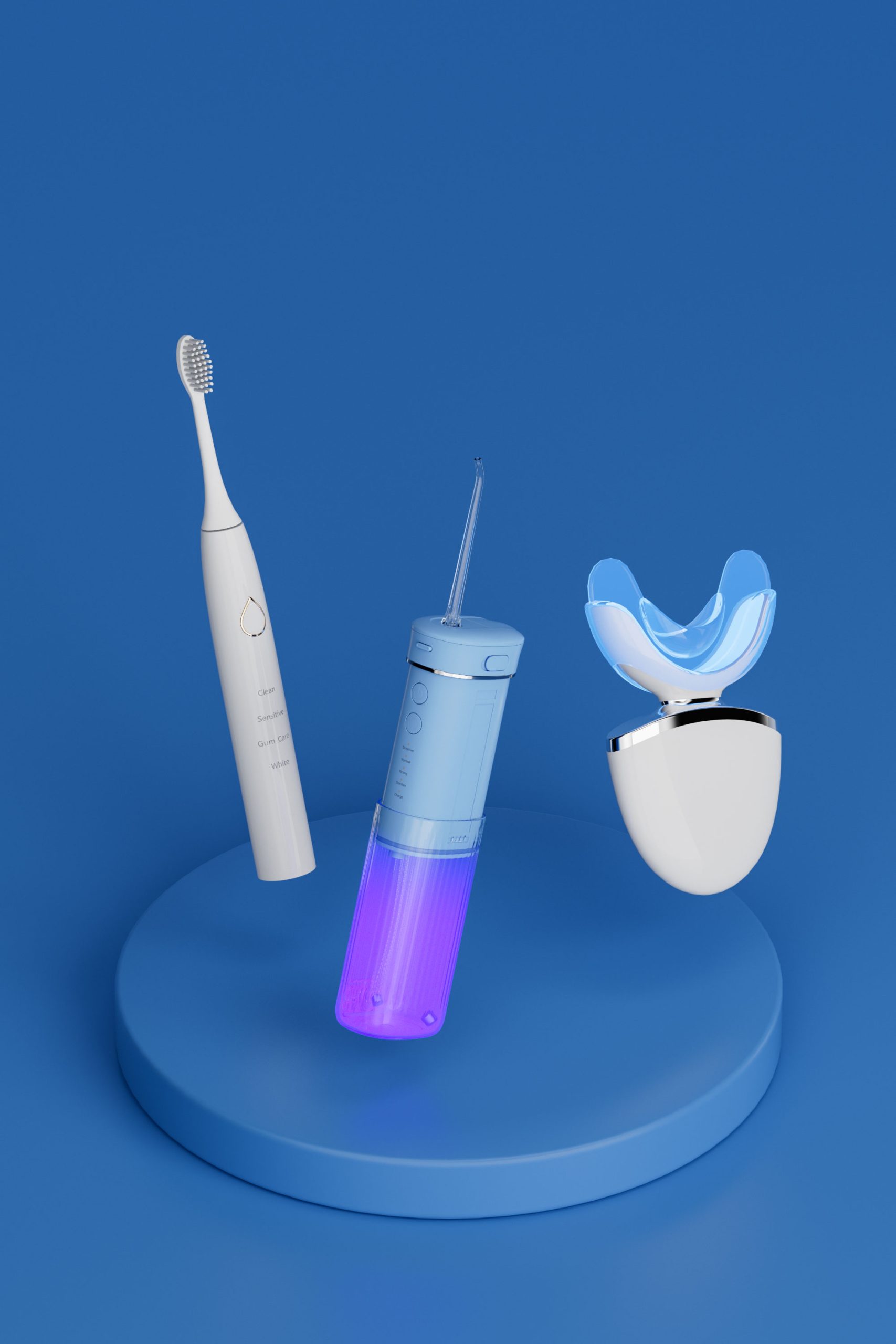
Benefits of Red & Blue Light Technology in Professional Teeth Whitening Kits

What is the Electric Toothbrush Market Forecast?
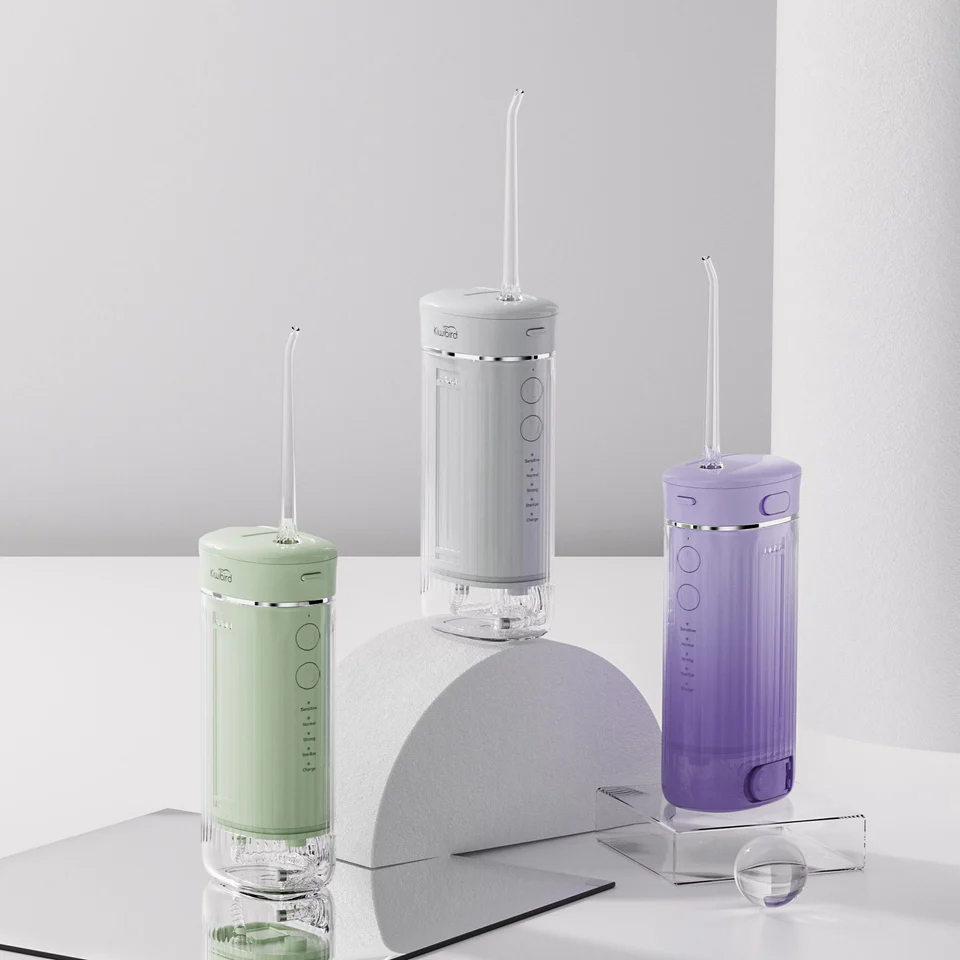
Appearance Economy Supply Chain: How to Improve Oral Care Product Appeal through Product Appearance Color
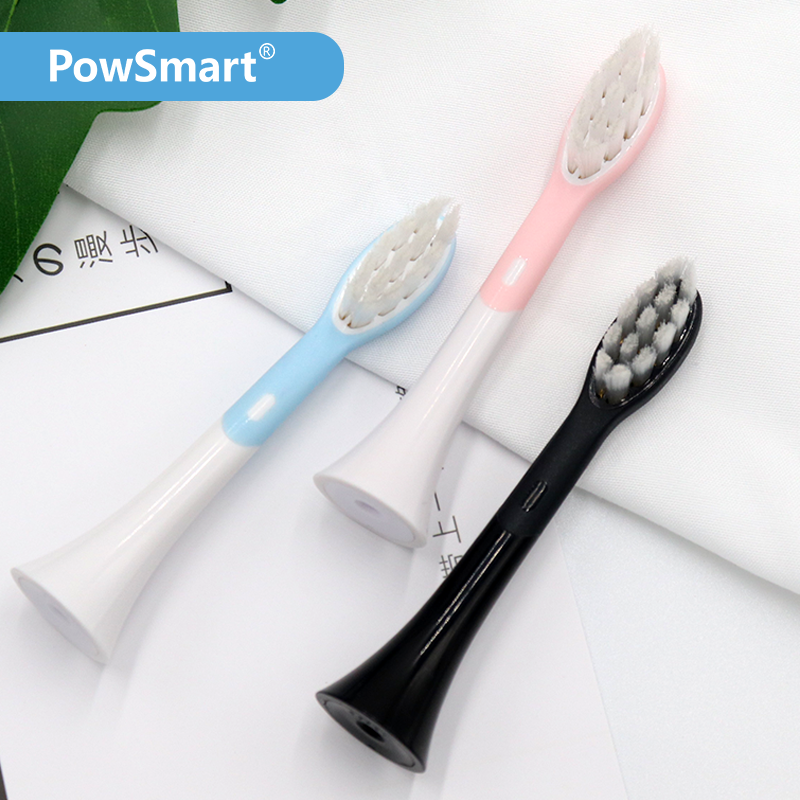
Are Electric Toothbrush Heads Universal?
Does Cold-Light Teeth Whitening Aggravate Enamel Wear?
Food-Grade Materials Solve Gum Irritation?
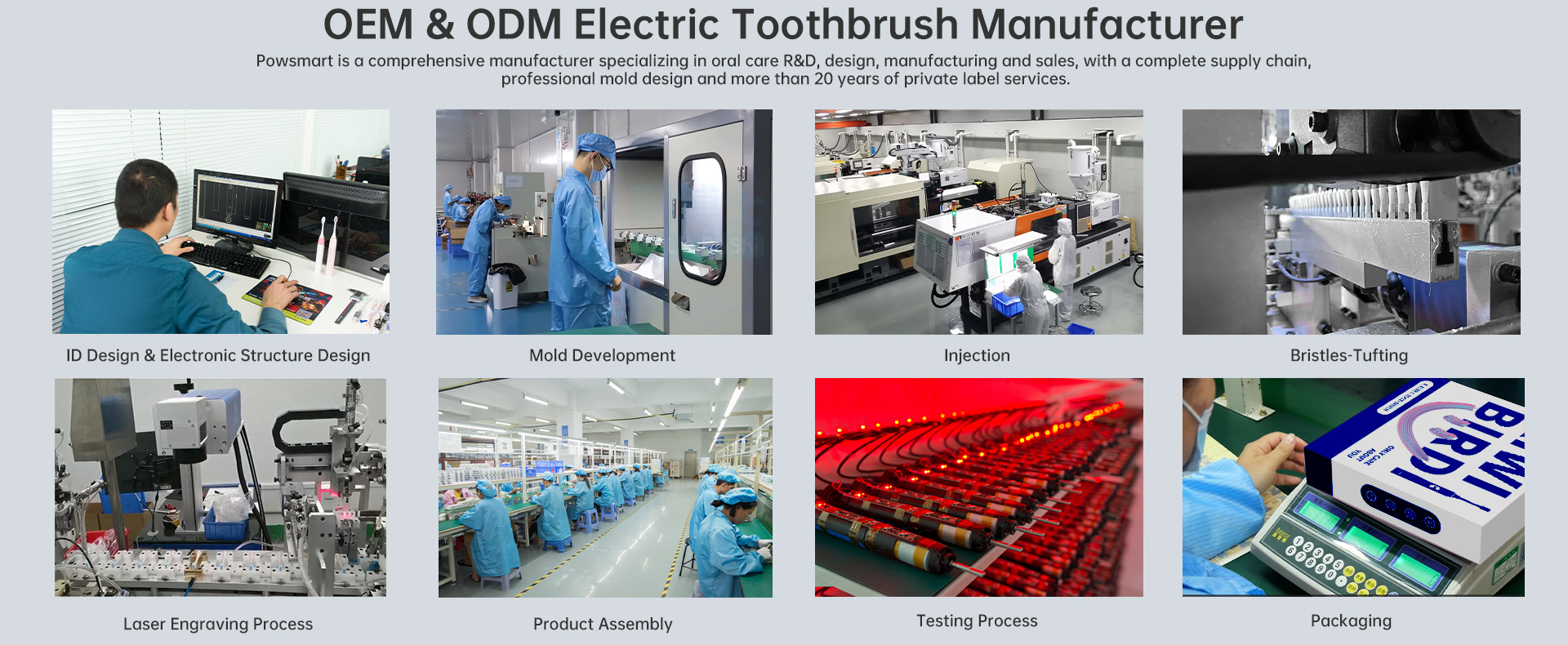
ISO 13485 Certification Interpretation: How Do Electric Toothbrush Meet Medical Device-Grade Production Standards?
How Does Cold Light Wavelength Align with Pediatric Safety?
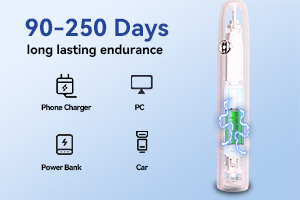
Wireless vs. Contact Charging: Which Is Better for Electric Toothbrushes?
Occlusal Interference Plus Jaw Fatigue – Design Flaw?
How to Fix LCD Glitches and Sensor Errors?

Market Feedback of Electric Toothbrush + Water Flosser Two-in-One Device
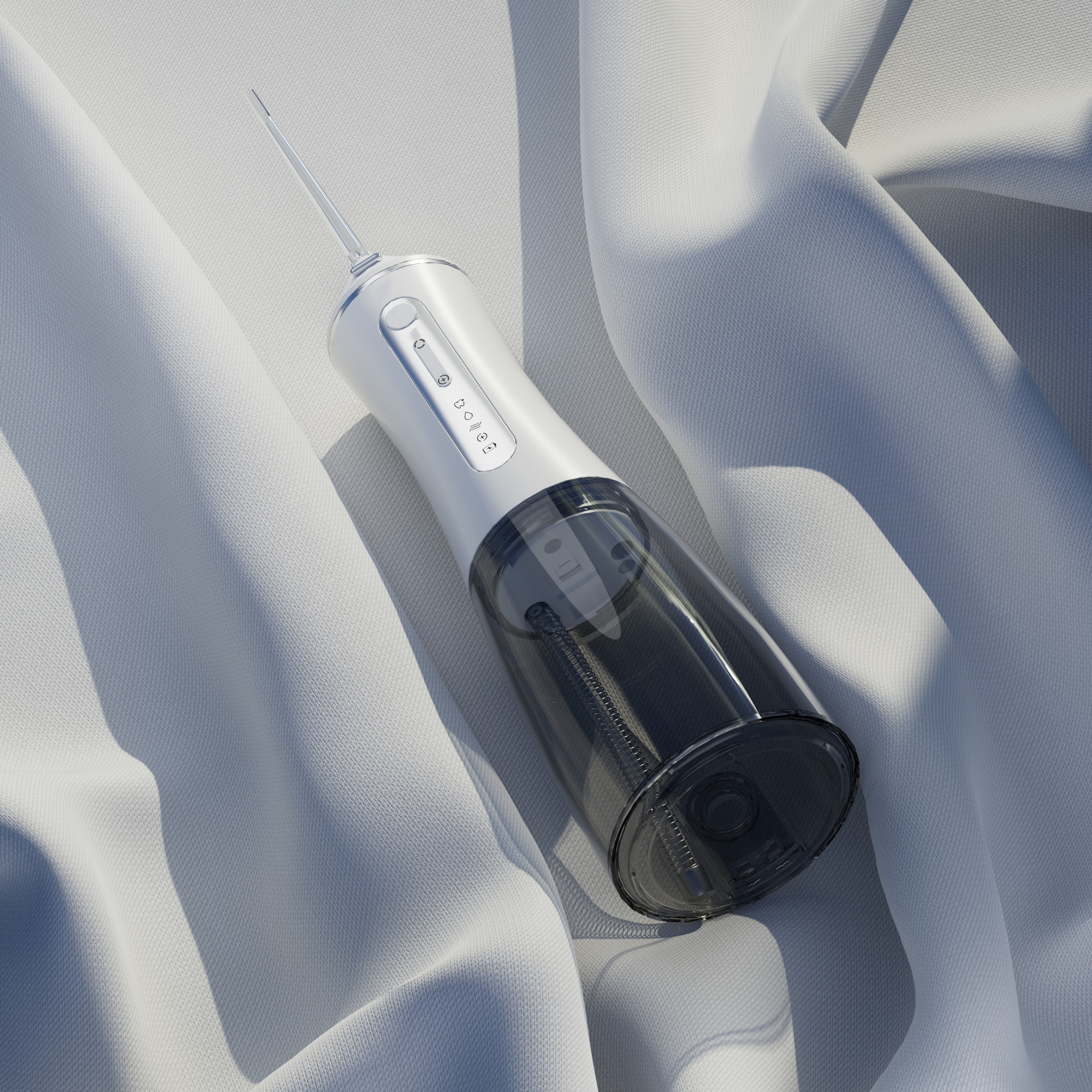
Compatibility of Water Flosser Accessories: How to Increase User’s Repurchase Rate Through Replaceable Nozzles?
Does Waterproof Seal Degradation Accelerate Bristle Splaying?
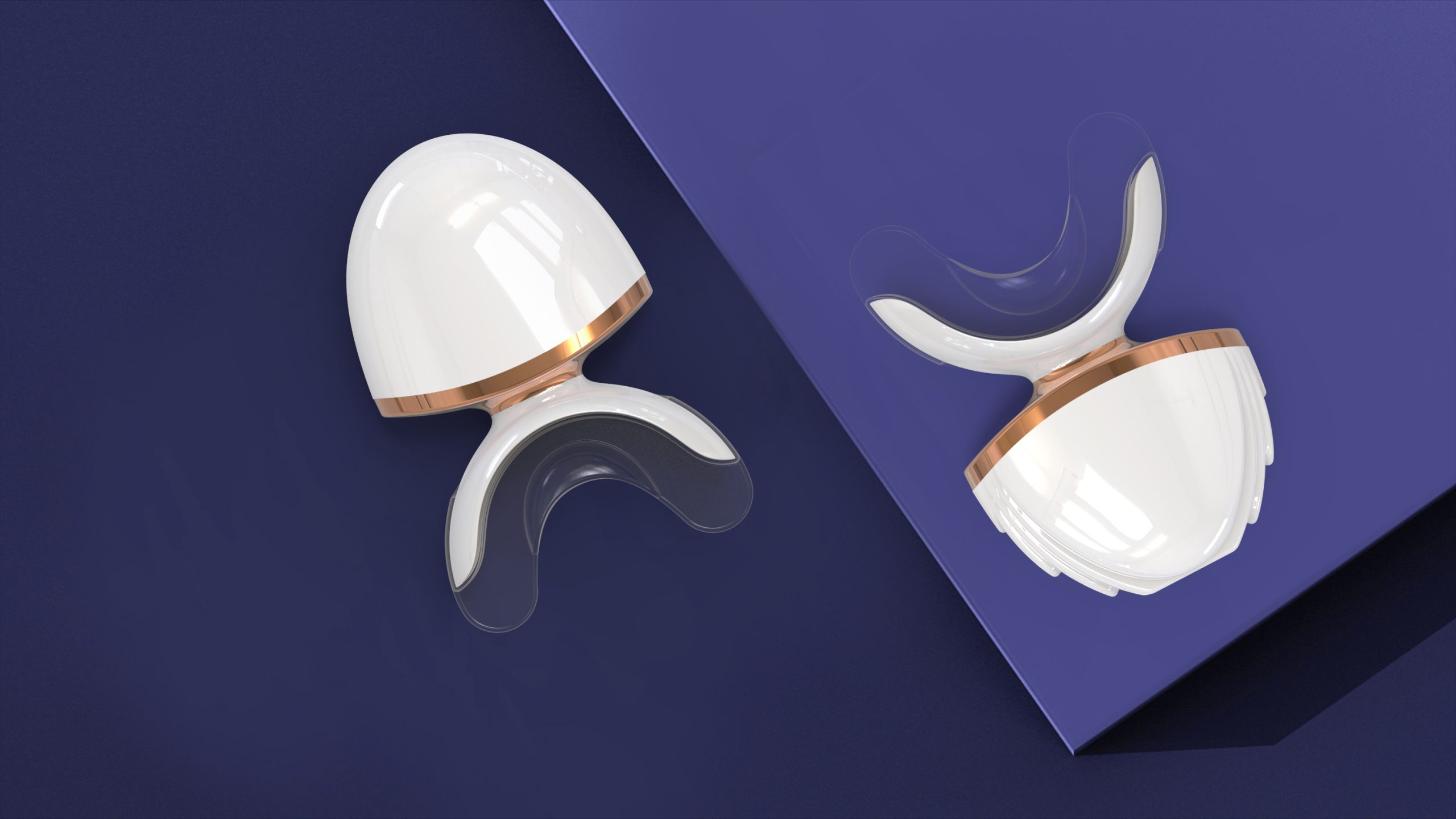
Dentist’s Guide: Choosing the Right LED Whitening Device for Stains
Tray Deformation Causing Occlusal Discomfort – Fixable?

Electric toothbrush heads Charcoal Infused-Diamond
.jpg)
Florida Electric Toothbrush – Powsmart PTR-C8

electric toothbrush heads Deep Clean

Private Label Whitening Gel

Customization Teeth Whitening Gel

electric toothbrush heads Ultra Soft

electric toothbrush heads Regular Clean

electric toothbrush heads Charcoal Infuse-Round
whstapp
whstapp
National Toll-Free Service Hotline
+86 755 86238638